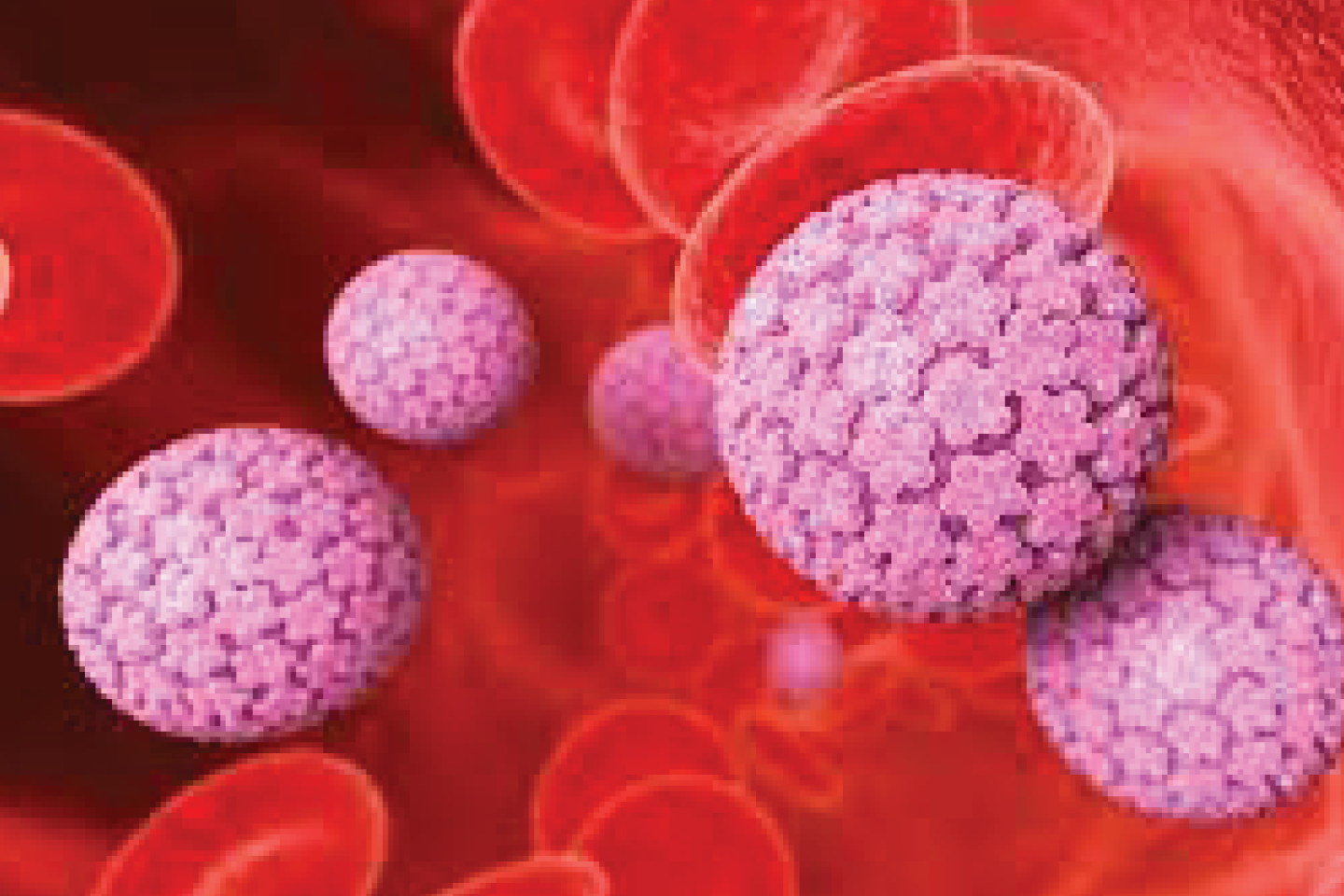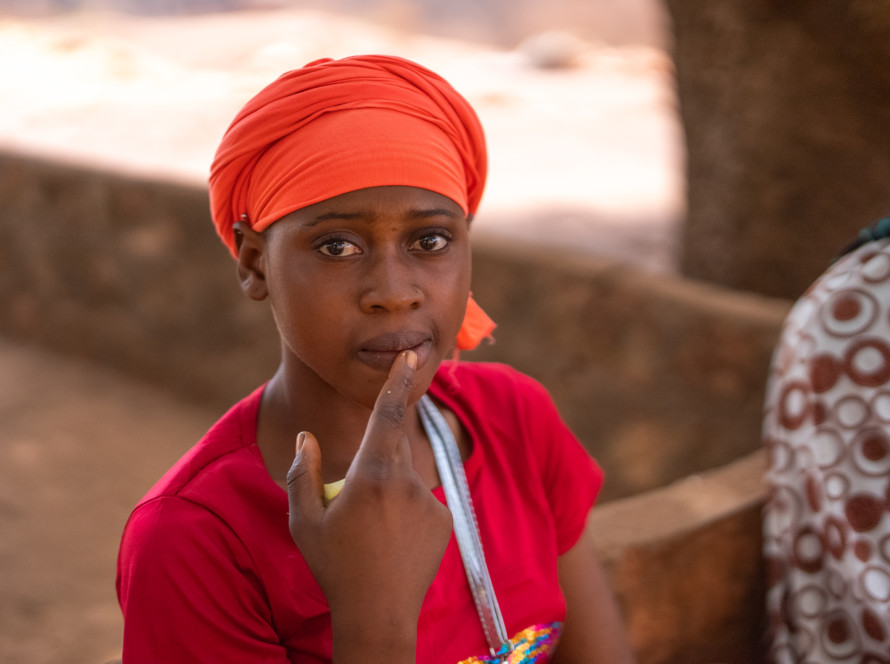Abstract
Human Papilloma Virus (HPV) presents a pervasive challenge globally, infecting basal keratinocytes of both mucosal and cutaneous epithelia. This virus is the primary culprit behind various dermatologic conditions and a spectrum of cancers. This scholarly article elucidates the nuanced aspects of HPV infection, its types, associated malignancies, prevalence across anatomical sites, and the pivotal role of vaccination in disease prevention.
Introduction
HPV, encompassing over 200 strains classified into five major genera, represents the most prevalent sexually transmitted infection (STI) worldwide. While the host immune system can naturally clear the infection in a year or two, persistent HPV can silently reside within individuals, potentially leading to malignancies, notably cervical cancer (CC), and other cancers affecting the anus, penis, vagina, vulva, and oropharynx. The association between HPV and cancer, particularly CC, predominantly involves high-risk (HR) HPV strains.
HPV Epidemiology and Prevalence
The prevalence of HPV infection exhibits variability based on anatomical locations, with higher incidences observed in anogenital areas compared to oral regions. Globally, both men and women face an approximate 50% risk of acquiring HPV at least once in their lifetime. Notably, sub-Saharan Africa (SSA) reports an estimated average prevalence of 24%, marking one of the highest rates globally.
HPV Vaccination
The advent of HPV vaccines in 2006 marked a significant milestone in preventing HPV-related complications. Presently, six licensed vaccines, including bivalent, quadrivalent, and nonavalent formulations, aim to safeguard against strains most likely to cause genital warts and CC. Real-world data underscores the efficacy of HPV vaccination in reducing cervical cancer cases by approximately 90%. The vaccines primarily target high-risk genotypes, notably 16 and 18, implicated in a substantial majority of CC cases globally. Moreover, quadrivalent and nonavalent vaccines offer protection against low-risk genotypes responsible for the majority of genital warts cases.
However, despite the demonstrated effectiveness of HPV immunization programs, a significant gap persists in their global reach, with only 12% coverage among young adolescent girls by 2016. This deficiency in immunization programs poses a considerable challenge, especially in low and middle-income countries (LMICs), where cervical cancer remains a leading cause of mortality among women.
HPV-Related Cancers: A Persistent Challenge
Cervical cancer, although highly preventable through vaccination and screening, continues to pose a significant threat, especially in LMICs. It stands as the primary cause of cancer deaths among women in 36 LMICs and ranks prominently as a leading cause of cancer-related mortality in SSA.
Challenges and Future Considerations
The current global shortage of HPV vaccines, anticipated to persist until 2024, emerges as a critical concern, potentially impeding the introduction of vaccination programs, particularly in regions where the need is most pronounced. This shortage presents a formidable obstacle in addressing the burden of HPV-related diseases and underscores the urgency for concerted efforts to ensure equitable access to vaccines globally.
Conclusion
Human Papilloma Virus remains a pervasive global health concern, with its intricate link to various cancers and the significant burden it places, especially on women in LMICs. While HPV vaccination presents a pivotal strategy in disease prevention, the shortfall in vaccine availability accentuates the pressing need for concerted global initiatives to ensure widespread and equitable access to vaccination programs, thereby curbing the substantial morbidity and mortality associated with HPV-related diseases.
References:
- Gheit T. Mucosal and Cutaneous Human Papillomavirus Infections and Cancer Biology. Front Oncol. 2019;9.
- Hathaway JK. HPV: diagnosis, Prevention, and treatment. Clin Obstet Gynecol. 2012;55:671–80.
- Burd EM. Human papillomavirus and cervical cancer. Clin Microbiol Rev. 2003;16:1–17.
- de Martel C, Plummer M, Vignat J, Franceschi S. Worldwide burden of cancer attributable to HPV by site, country and HPV type. Int J Cancer. 2017;141:664–70.
- Markowitz LE, Tsu V, Deeks SL, Cubie H, Wang SA, Vicari AS, et al. Human papillomavirus vaccine introduction–the first five years. Vaccine. 2012;30(Suppl 5):F139–148.
- WHO. Human papillomavirus vaccines (HPV). 2023. https://www.who.int/teams/immunization-vaccines-and-biologicals/diseases/human-papillomavirus-vaccines-(HPV).
- Gavi, The Vaccine Alliance. Human papillomavirus vaccine support. 2022. https://www.gavi.org/types-support/vaccine-support/human-papillomavirus.
- Falcaro M, Castañon A, Ndlela B, Checchi M, Soldan K, Lopez-Bernal J, et al. The effects of the national HPV vaccination programme in England, UK, on cervical cancer and grade 3 cervical intraepithelial neoplasia incidence: a register-based observational study. The Lancet. 2021;398:2084–92.
- Hildesheim A, Wacholder S, Catteau G, Struyf F, Dubin G, Herrero R, et al. Efficacy of the HPV-16/18 vaccine: final according to protocol results from the blinded phase of the randomized Costa Rica HPV-16/18 vaccine trial. Vaccine. 2014;32:5087–97.
- Garland SM, Hernandez-Avila M, Wheeler CM, Perez G, Harper DM, Leodolter S, et al. Quadrivalent vaccine against human papillomavirus to prevent anogenital diseases. N Engl J Med. 2007;356:1928–43.
- Porras C, Tsang SH, Herrero R, Guillén D, Darragh TM, Stoler MH, et al. Efficacy of the bivalent HPV vaccine against HPV 16/18-associated precancer: long-term follow-up results from the Costa Rica Vaccine Trial. Lancet Oncol. 2020;21:1643–52.
- Díez-Domingo J, Sánchez-Alonso V, Villanueva R-J, Acedo L, Tuells J. Impact of a gender-neutral HPV vaccination program in men who have sex with men (MSM). Int J Environ Res Public Health. 2021;18:963.
- Ferlay et al. J. Global Cancer Observatory: Cancer Today. Lyon, France: International Agency for Research on Cancer. 2020. http://gco.iarc.fr/today/home. Accessed 31 Oct 2022.
- Hull R, Mbele M, Makhafola T, Hicks C, Wang S-M, Reis RM, et al. Cervical cancer in low and middle-income countries. Oncol Lett. 2020;20:2058–74.
- Sung H, Ferlay J, Siegel RL, Laversanne M, Soerjomataram I, Jemal A, et al. Global Cancer Statistics 2020: GLOBOCAN estimates of incidence and Mortality Worldwide for 36 cancers in 185 countries. CA Cancer J Clin. 2021;71:209–49.
- Colzani E, Johansen K, Johnson H, Pastore Celentano L. Human papillomavirus vaccination in the European Union/European Economic Area and globally: a moral dilemma. Eurosurveillance. 2021;26.




